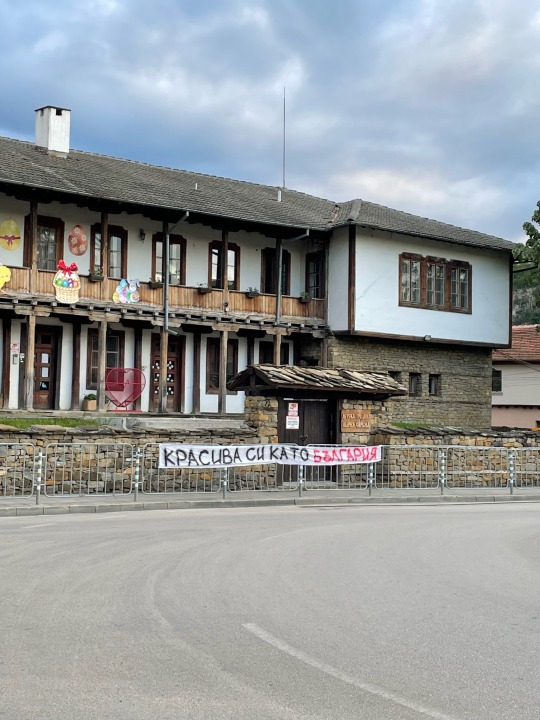#lovechances
Explore tagged Tumblr posts
Text























Пещера Деветашка считается одной из самых крупных в Болгарии и всей Европе. Она расположена на реке Осым, между селами Деветаки и Дойренци (Ловечская область). Пещера обнаружена лишь в 1921 году, а с 1996 года является охраняемым памятником природы. Ее протяженность составляет около 1,5 км, а входом служит гигантск��й проем 55 м в ширину и 35 м в высоту.
Пещера Деветашка пор��жает воображение туристов. Ее потолки высотой от 60 до 100 метров имеют многочисленные провалы, которые местные жители называют окнами. Они создают естественное освещение, но практически не нагревают пещеру. Поэтому здесь прохладно даже в знойные летние дни. Внутри протекает река, есть подземные озера, водопады, сталагмиты и сталактиты. В залах обитают летучие мыши, поэтому они закрыты с 1 ноября по 1 апреля, чтобы не мешать размножению животных.
В пещере обнаружены следы обитания древнего человека. Согласно археологическим исследованиям пещера служила убежищем людям с поздней палеолитической эпохи. Археологические раскопки обнаружили остатки из культурного слоя почти всех доисторических периодов. Рельефный слой толщиной от 0,3 до 5,5 м содержит остатки поселений разных эпох: палеолита(кремневые орудия мустьерских форм, позднепалеолитические изделия из кремня и костей); неолита (очаги с каменной основой, узкие каменные топоры, кремневые заточки и скребки, костяные лощила, шила и долота, керамику с резьбленными надписями); энеолита ( разрушенные жилища, печи, зернотерки,орудия из камня и костей, посуда с резной, рельефной и другой орнаментацией, антропоморфные фигуры); бронзового века (боевые топоры из бронзы, темнолощённые керамические изделия); железного века (бронзовые ножи, железное оружие).
Вторая мировая война оставила и здесь свой след. Во времена социализма пещера использовалась в качестве склада боеприпасов на случай военных действий, а также служила хранилищем нефтепродуктов. В пещере до сих пор остались следы в виде кругов с тех времен.
Немаловажной частью этого чудного места является разнообразие представителей фауны. В пещере об��тают более сотни различных видов живности, некоторые из которых даже занесены в Красную книгу! В их числе 12 видов охраняемых земноводных (эскулап, полоз, тритон, древесные лягушки, черепахи Германа), около 80-ти видов птиц, 34 вида млекопитающих и 15 видов летучих мышей.
Devetashka Cave is considered one of the largest in Bulgaria and throughout Europe. It is located on the Osam River, between the villages of Devetaki and Doirentsi (Lovech region). The cave was discovered only in 1921, and since 1996 it has been a protected natural monument. Its length is about 1.5 km, and the entrance is a gigantic opening 55 m wide and 35 m high.
Devetashka Cave amazes tourists. Its ceilings range from 60 to 100 meters high and have numerous gaps, which locals call windows. They create natural light, but practically do not heat the cave. Therefore, it is cool here even on hot summer days. A river flows inside, there are underground lakes, waterfalls, stalagmites and stalactites. The halls are inhabited by bats, so they are closed from November 1 to April 1, so as not to interfere with the breeding of animals.
Traces of ancient human habitation were found in the cave. According to archaeological research, the cave has served as a shelter for people since the late Paleolithic era. Archaeological excavations have discovered remains from the cultural layer of almost all prehistoric periods. The relief layer, 0.3 to 5.5 m thick, contains the remains of settlements from different eras: Paleolithic (flint tools of Mousterian forms, Late Paleolithic objects made of flint and bones); Neolithic (hearths with a stone base, narrow stone axes, flint sharpenings and scrapers, bone polishes, awls and chisels, ceramics with carved inscriptions); Eneolithic (destroyed dwellings, ovens, grain grinders, tools made of stone and bones, dishes with carved, relief and other ornamentation, anthropomorphic figures); Bronze Age (battle axes made of bronze, dark-polished ceramics); Iron Age (bronze knives, iron weapons).
The Second World War left its mark here too. During socialism, the cave was used as an ammunition depot in case of hostilities, and also served as a storage facility for petroleum products. There are still traces in the cave in the form of circles from those times.
An important part of this wonderful place is the diversity of fauna. The cave is home to more than a hundred different species of living creatures, some of which are even listed in the Red Book! These include 12 species of protected amphibians (aesculapius, snake, newt, tree frogs, Hermann's tortoises), about 80 species of birds, 34 species of mammals and 15 species of bats.
Источник:/bulgariaexpert.ru/info/peschera-devetashka.php, /www. ntabulgaria.ru/blog/interesnye-mesta/peshhera-devetashka/, juicyworld.org/devetashka-cave/,/volimo-balkan.livejournal .com /450004.html,//meteo.by/around/c288c52491142c32.html, //www. tripadvisor.ru/Attraction_Review-g14037230-d4184576-Reviews-Devetashka_Cave-Devetaki_Lovech_Province.html,/bolgarskiydom .com/devetashka/.
#Bulgaria#Lovech region#nature#nature aesthetic#mountains#cave#Devetashka#lake#river#trees and forest#ancient history#archeology#landscape photography#travel#wonderful#nature photography#Болгария#Ловечская область#природа#Пейзаж#горы#пещера#Деветашка#лес#небо#река#озеро#туризм#история#археология
272 notes
·
View notes
Text
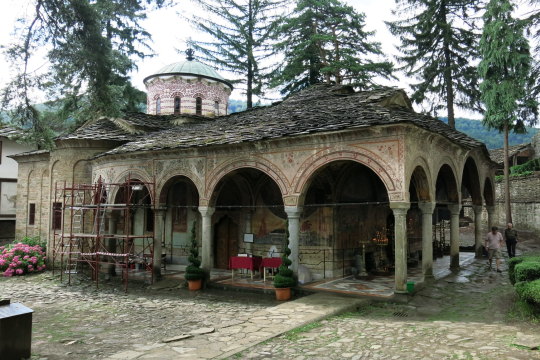
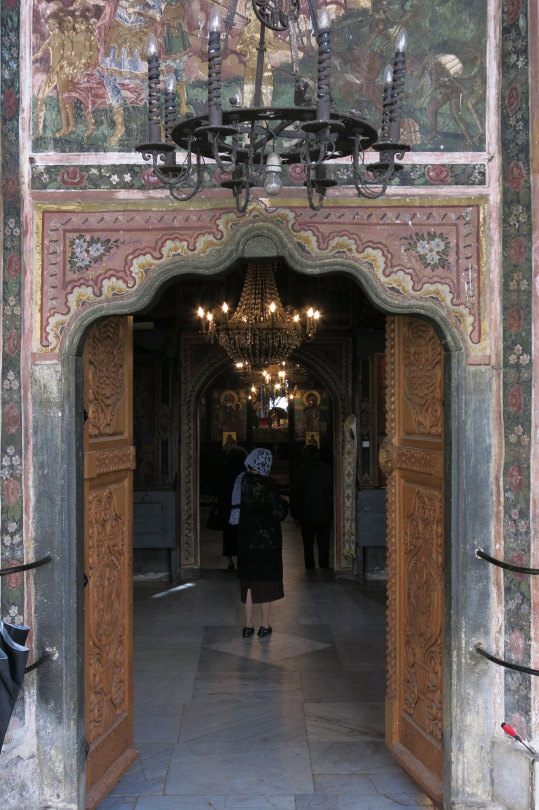

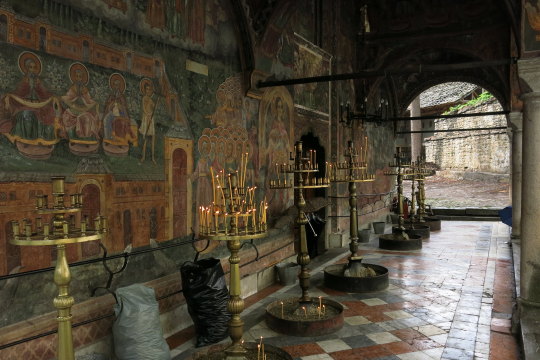
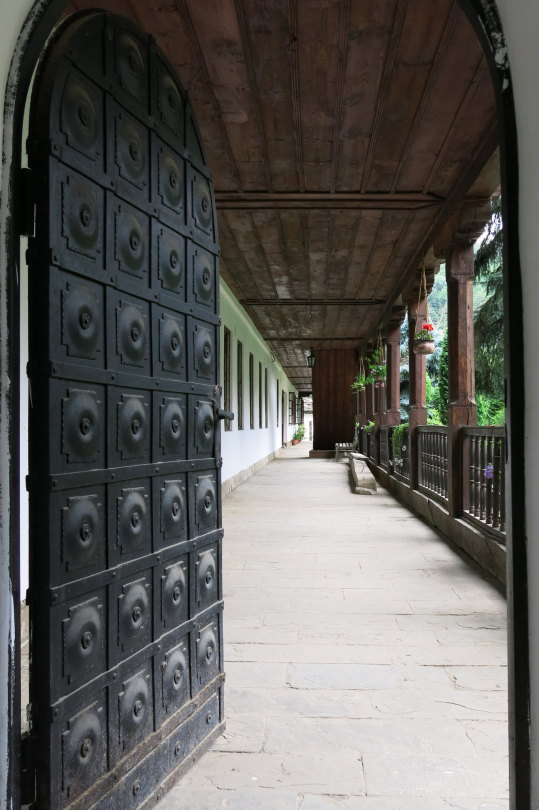
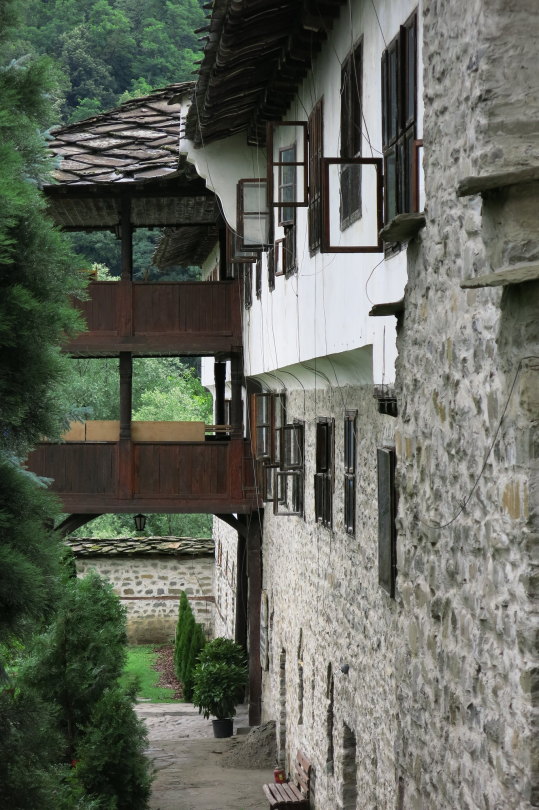

My Bulgaria - Troyan Monastery of the Assumption (2) (3) (4) (5) (6) (7) by Lyura
8 notes
·
View notes
Text
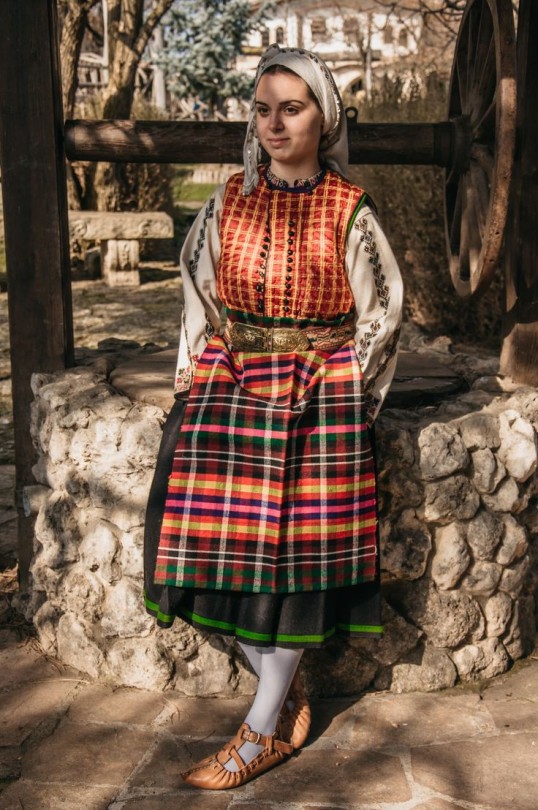
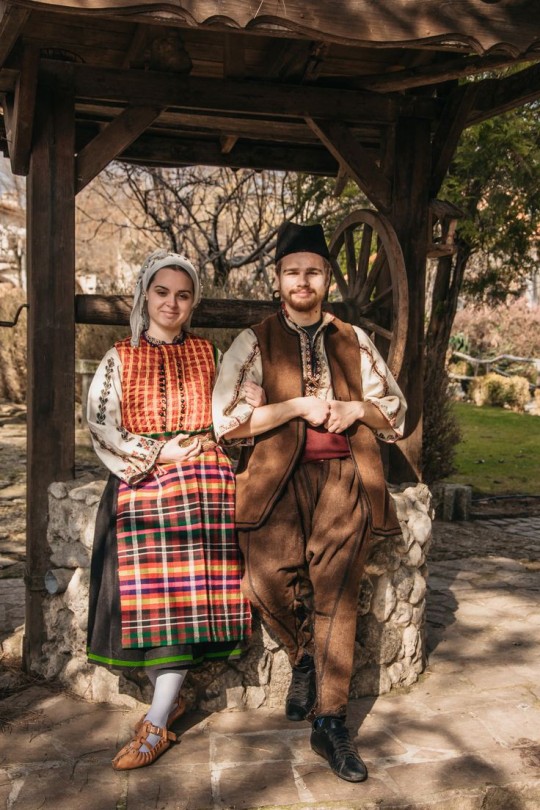

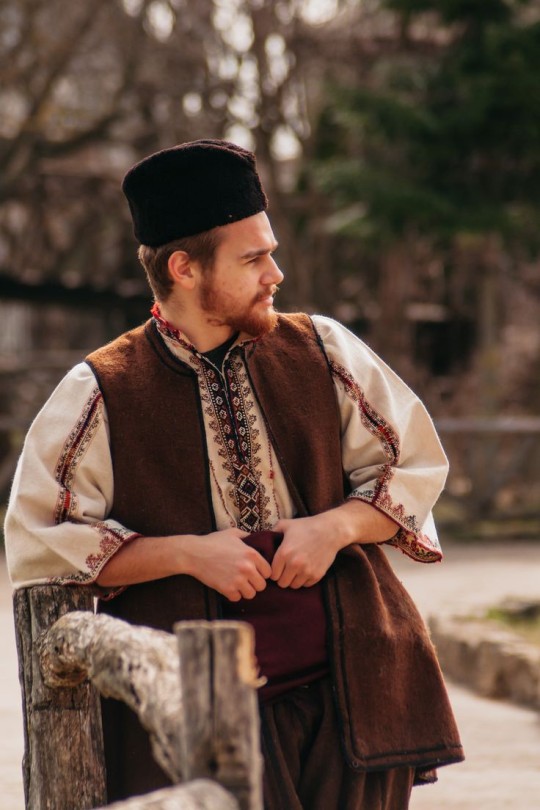
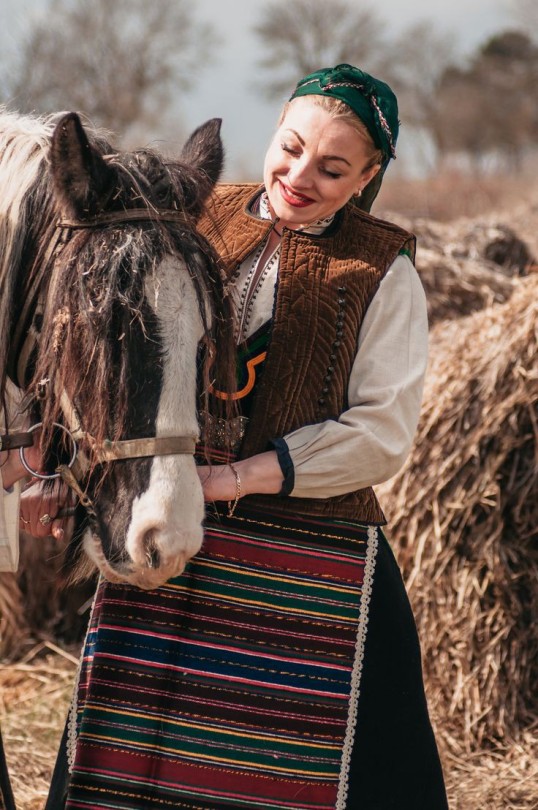
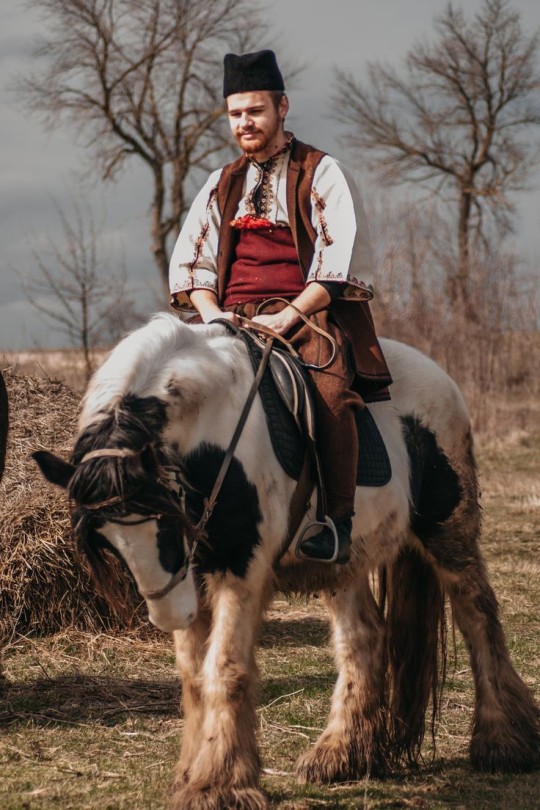
Traditional clothing from the village of Hlevene, Lovech province, Bulgaria. | Носии от с. Хлевене, Ловешко.
(via d_boboleva on Pinterest)
1 note
·
View note
Photo
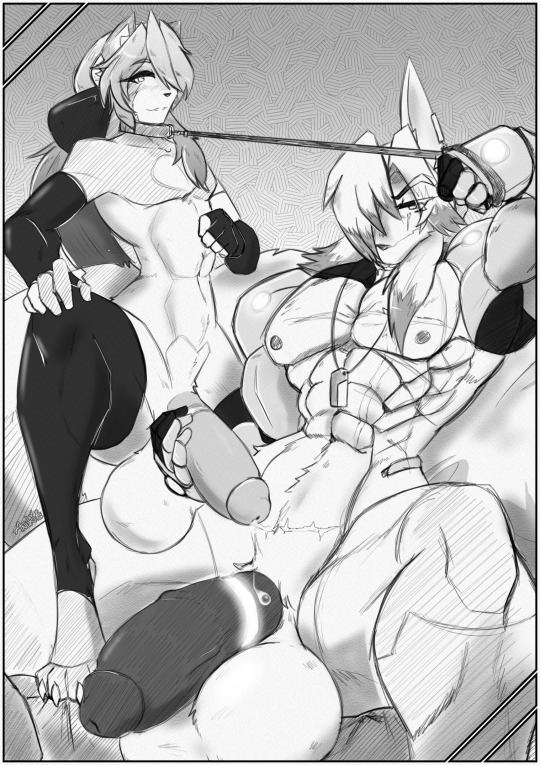
GOZER CHANCE | BOYS LOVE
CHANCE GOZER | BOYS LOVE I was inspired to try and do something that looked like it could be from a page in a manga :]c
Posted using PostyBirb
7 notes
·
View notes
Text


svetlana popva petrova — lizbeth adore colleman
in the land of gods and monsters, i was an angel living in the garden of evil... screwed up, scared, doing anything that I needed, shining like a fiery beacon
about - connections - pinterest - pov's - timeline

name: svetlana popva petrova
nickname: lana
age: 230 anos
local de nascimento: lovech, bulgaria
espécie: vampira do clã vermilion
ocupação: dançarina stripper do oitavo pecado
sexualidade: heterossexual
inspirações: katherine pierce, satanico pandemonium e outros
TW: violência, sangue, abuso, rapto
Ao nascer, na pequena província de lovech no norte da bulgária, lana parecia uma garota comum. filha de um barão do café e de uma camponesa, vivia cercada de longas arvores sinuosas e sentia que a floresta estava sempre por perto, a riqueza por sua vez… nem tanto. procurava ajudar em casa como podia, buscando alimento e usando o pouco que tinha como moeda de troca para conseguir mais. a morena continuaria sua pacata vida na pequena província até envelhecer, se não fosse por um fato: certo dia, ao voltar da cidade com mais mercadorias, svetlana encontrou o seu lar invadido, os corpos destroçados pelo casebre deixavam claro que um ataque brutal havia acontecido, enquanto a moça que ali chegava tivera sua vida poupada por um milagre, mas seus algozes tinham um plano pior para ela.
levada por um grupo de homens, lana foi aprisionada e forçada a trabalhar na principal danceteria da europa, o ataque e o aprisionamento tiveram consequências notáveis na vida da mulher, passando a ser mais distante, desconfiada, por vezes até fria, sem entender quem ou o que havia os levado aquela tarde. lana foi forçada a dançar para atrair os forasteiros, sem saber que os mesmos estavam sendo atraídos para a morte, como forma de alimentar as criaturas que a raptavam. poucos meses depois de sua chegada na casa noturna, fora oferecida para o conde da região, sem que sequer soubesse do trato. quando o ataque começou, svetlana se enfureceu e revidou com golpes o quanto pôde. pobre criatura. jamais entenderia que a força imortal era incomparável. fora morta no primeiro piscar, por ousar revidar as artimanhas do conde, mas a transformaram a tempo para que pudesse sobreviver.
recém transformada, svetlana fez um verdadeiro banquete no local, embebida em vingança. os que não foram decepados se renderam à ela, a cultuavam como deusa. e isso durou por algum tempo, até vampiros antigos tomarem conhecimento do que estava acontecendo, então ela teve que fugir. por anos. ainda que volta e meia se rendesse aos mesmos padrões, seu corpo a levava a repetir os maus hábitos: a dança e a morte. viveu a elegância dos anos cinquenta nos porões mais poéticos da europa. a liberdade e alucinação dos anos sessenta e setenta em hollywood. permitiu-se amar músicos, poetas e artistas, sem poder estender sua estadia por tempo demais sem ser caçada como uma fera. até mais recentemente se refugiar em Arcanum.

name: lizbeth adore colleman
nickname: liz (só para os intimos)
age: 30 anos
espécie: humana
ocupação: detetive de citadel
sexualidade: heterossexual
inspirações: lisbeth salander e outros
lizbeth migrou de cidade em cidade até que acabou desembarcando em lichendorf com uma crescente ambição em seu peito, e logo conseguiu trabalho na delegacia da cidade, não demorando muito tempo para tomar gosto pela coisa e se estabilizar como investigadora. sua vida estava parcialmente completa quando, pouco depois de se empregar, ela acabou se apaixonando. o homem por sua vez era o delegado da cidade, e apesar de seu lado racional se negar a misturar trabalho e sentimento, ela aos poucos foi se deixando levar até que eles ficaram noivos. entretanto liz nunca chegou a se casar. ao chegar em casa, um dia antes do casamento, lizbeth encontrou moveis deslocados e quebrados, papeis espalhados, manchas de sangue no chão e nas paredes, a casa completamente revirada, mas dessa vez não havia nenhum corpo. o homem que amava havia desaparecido e nunca mais houve qualquer sinal dele. a partir daquele dia lizbeth passou a acordar com sinais doloridos em seu corpo, ainda que sem se lembrar do motivo para eles estarem lá. com esses acontecimentos, começou a investigar todo e qualquer rastro oculto naquela cidade, cada desaparecimento, assassinato ou rapto, e agora dedica a sua vida a descobrir quem fez isso e conjurar vingança.
#about#to chegando agora doida pra jogar#com uma ass4ssina maluca e uma policial controlada QUEM VEM#oiiii pra todo mundo#like = plots
9 notes
·
View notes
Text
Bulgarian provinces's names
Current plan is to have 19 male provinces and 9 female. They are mostly based on the gender of the names of the provinces.
Male: Vidin, Pleven, Lovech, Razgrad, Shumen, Dobrich, Burgas, Sliven, Yambol, Plovdiv, Smolyan, Pazardzhik, Pernik, Kyustendil, Gabrovo, Haskovo, Blagoevgrad, Sofia city, Sofia province
Female: Montana, Vraca, Silistra, Varna, Stara Zagora, Veliko Tarnovo, Ruse, Targovishte, Kardzhali
I tried to make more provinces female by adding some in neuter gender though I am not too sure how much they fit. But we'll see. Regardless, I will need a lot of names. I have a some sort of a list of male names, but I'm not too confident in how much I love it. I will later add some female too. I just need some more diversity, because I feel like some of the names are very close.
They are: Alexiy, Bozhidar, Blagoy, Valeri, Vasil, Veselin, Viktor, Vladimir, Daniel, Dobromir, Dragan, Krasimir, Kristiyan, Lyubomir, Lyudmil, Mikhail, Pavel, Plamen, Radostin, Svetlozar, Simeon
Viktor is saved for Sofia city. If you have any other names or think a certain name fits a specific province, please help.
#aph bulgaria#hetalia bulgaria#hws bulgaria#bulgaria#hetalia#hws#aphbulgaria#aph#nbeingthing_bulgaria#nbeingthing
4 notes
·
View notes
Text
Подаръци от Технополис за две училища в Ловеч

В последния учебен ден на 2024 година, ОУ „Св. св. Кирил и Методий“- #Ловеч и ОУ "Проф. Димитър Димов" получиха подаръци от Технополис, осигурени със съдействието на кмета на Община Ловеч Страцимир Петков. https://oblasta.com/tehnopolis-podaraczi-dve-uchilistha-lovech/
2 notes
·
View notes
Text
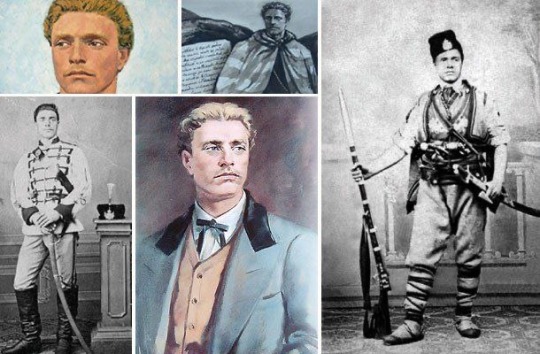
Vasil Levski - The Apostle of Freedom
Vasil Levski (Bulgarian: Васил Левски, spelled in old Bulgarian orthography as Василъ Лѣвскій, pronounced [vɐˈsiɫ ˈlɛfski]), born Vasil Ivanov Kunchev (Васил Иванов Кунчев; 18 July 1840 – 18 February 1873), was a Bulgarian revolutionary who is, today, a national hero of Bulgaria. Dubbed the Apostle of Freedom, Levski ideologised and strategised a revolutionary movement to liberate Bulgaria from Ottoman rule. Levski founded the Internal Revolutionary Organisation, and sought to foment a nationwide uprising through a network of secret regional committees. In Romania, Levski helped institute the Bulgarian Revolutionary Central Committee, composed of Bulgarian expatriates. During his tours of Bulgaria, Levski established a wide network of insurrectionary committees. Ottoman authorities, however, captured him at an inn near Lovech and executed him by hanging in Sofia. He was a true Christian, a man of loyalty, and an example to all Nationalists.
5 notes
·
View notes
Photo
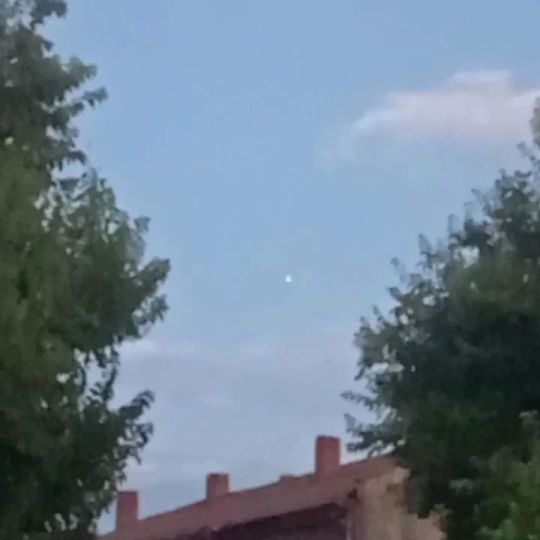
Europe. Country-Bulgaria. Village-Polikraishte. 2023. I search it on the sky, but I don't see where is gone. The ball was maybe 30/40 second on one spot. Aftar that the ball is gone away. If you've got a UFO sighting and want me to share it with the world, send it me and I'll check it out 🙏🏻 https://www.ufosightingsfootage.uk https://www.ufosfootage.uk https://www.ufosightings.uk @ufosightingsfootage Instagram. @ufosfootage Twitter. Lee Lewis UFO Researcher. #ufo #ufosightings, #conspiracies, disclosure,aliens, #ancient #ancientaliens, #ufos #ufovideos, #ufophenomena, #ovnis #ufotwitter (at Polikraishte, Lovech, Bulgaria) https://www.instagram.com/p/CpiAe6xIyJI/?igshid=NGJjMDIxMWI=
7 notes
·
View notes
Text
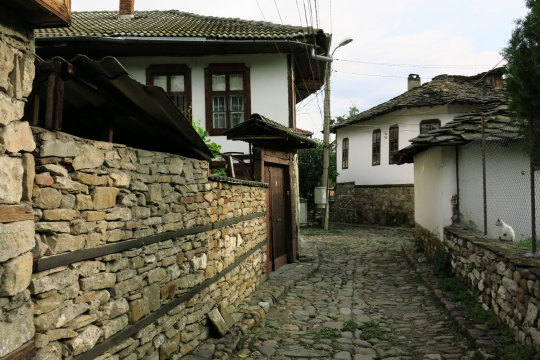

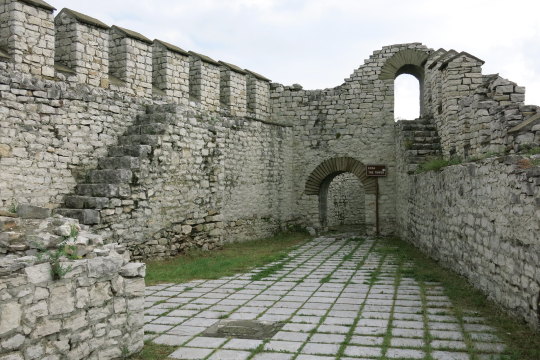
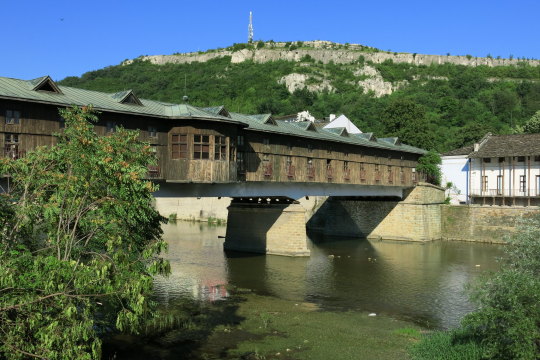
My Bulgaria - Lovech (2) (3) (4) by Lyura
Via Flickr:
(1) (2) Architectural Complex Varosha (3) Hisarya Fortress (4) Covered Bridge over Osam River
4 notes
·
View notes
Photo
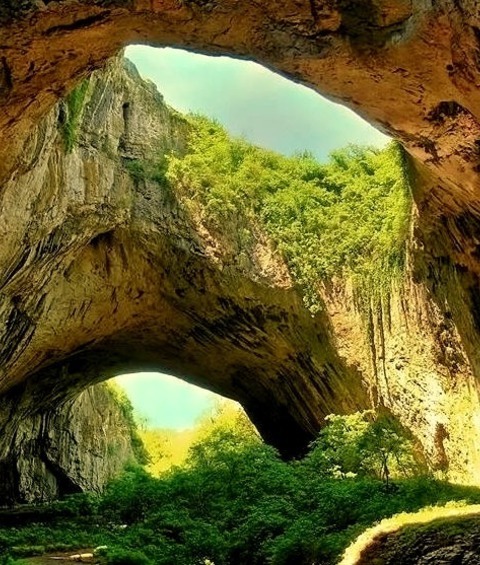
Devetashka cave, used to be a secret military site, near Lovech, Bulgaria.
5 notes
·
View notes
Text
The Sofia City Court has ordered a 22-year-old woman, who stabbed three passers-by in the capital, to be placed in the psychiatric clinic at Lovech prison for a 30-day examination. The purpose of the evaluation is to assess whether she suffers from paranoid schizophrenia, a condition she was diagnosed with in 2020.
The woman, Nadezhda Kondeva, has reportedly stopped taking her prescribed medication for the past five months, leading to a significant decline in her mental state. Initial examinations indicate that she is severely disoriented, aggressive, and in a psychotic state. In court, Kondeva boldly declared, "I stabbed people with a clear conscience, I was ready to kill them. I deliberately committed the attack. If I am released, this will happen again. I want a life sentence in prison." She also stated, “I am not a sick person. If I were free, I would do the same thing again.”
The attack occurred on Vitosha Street, where Kondeva injured three men. Authorities charged her with attempted murder. Her relatives noted that she had been previously hospitalized five years ago and had not been adhering to her treatment plan for months. Experts believe her actions were a result of a deepening of her paranoid schizophrenia, exacerbated by her decision to stop taking medication.
The court's decision to place her in a psychiatric facility for a detailed evaluation will determine whether she is legally responsible for the attacks. If the examination concludes that she is not mentally fit to stand trial, the case will be closed.
1 note
·
View note
Text
with: @arcdocburlew
se espreguiçou para fora do sofá, meio caída, mas confortavelmente acolhida pelo couro envelhecido. o cheiro mofado e velho da realeza, como um perfume francês, adentrou suas narinas e ela se remexeu novamente, dessa vez dolorida, ou ao menos era o que sua voz demonstrava pelo tom. o copo de whisky tombava em seus dedos quase como o seu pescoço. por sorte, ela não era o tipo de bêbada que envergonhava, seus shows eram dados quando sóbria, ou levemente alterada. quando bebia além da conta quase voltava a ser a humana de lovech, quase. ainda que mais vulnerável, e recolhida como um caracol, lana ainda tinha o toque acido que lhe viera a ser comum na vida vampiresca. "gregor, querido... eu já devo ter lhe dito o quanto está atraente hoje." acariciou o rosto do mais velho com a ponta dos dedos, a visão se enturvando. "por que não vira de costas e me deixa ver você pegando mais uma dose pra mim?"

2 notes
·
View notes
Text
Botev Peak
Botev Peak Photo: Botev Peak – a magnificent beauty, by Boryana Iliykova As part of Bulgaria’s Central Balkan National Park, Botev Peak stands as a testament to nature’s grandeur. As the highest point in the Balkan Mountains, this majestic peak offers a breathtaking experience for nature enthusiasts, hikers, and adventure seekers alike. Fast Facts Country: Bulgaria State/Province: Lovech,…
0 notes
Text
Bulgaria’s caretaker government issued an aid package on Monday amounting to two million leva (one million euros) to help some 20,000 households affected by electricity shortages.
Shortages have been troubling mountain villages and small towns, mainly in western and central Bulgaria, amid snowfall since the country marked Christmas on December 25.
“This situation is completely unacceptable, there are still households surviving for days with no electricity restored,” said interim Prime Minister Dimitar Glavchev.
Glavchev clarified that the aid package is separate from the compensation that electricity providers should pay out to consumers.
“We’re doing this to show that, after all, there is a state,” he said.
Local mayors have been vocal about their frustration that the government and private providers are not collaborating efficiently enough on fixing the problems.
Guest houses and hotels that benefit from winter tourism have also had electricity cuts for certain periods of time, including the popular ski resort Borovetz.
Mayors and locals started protests on December 29, and have occasionally blocked the busy road between Sofia and Varna.
On December 27, the Ministry of Energy stated that the problem was due to a malfunction caused by intensive snow and trees falling. But protesters have blamed poor planning.
The crisis comes in the context of other problems being faced by residents of villages and small towns. Throughout 2024, certain regions of the country experienced regular water shortages, which caused discontent.
“Many of these villages didn’t have proper water access in the summer and now they don’t have electricity in the winter,” the mayor of Lovech in north-central Bulgaria, Stratzimir Petkov, told media on Sunday. In some places, both water and electricity problems are currently occurring in tandem.
0 notes
